Home>Garden Essentials>When To Plant Fescue Grass Seed
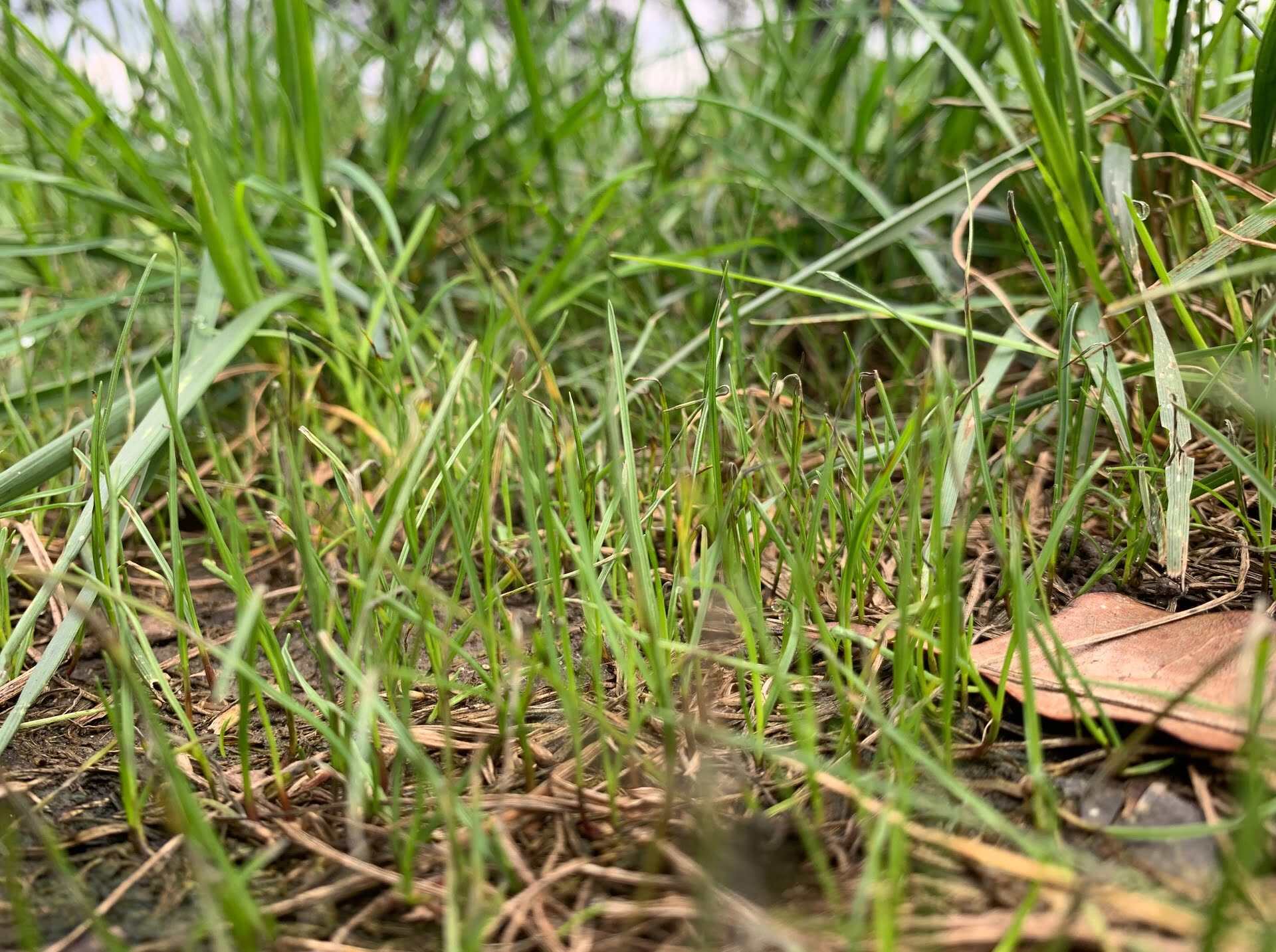

Garden Essentials
When To Plant Fescue Grass Seed
Modified: March 24, 2024
Looking to start your garden with fescue grass seed? Discover when to plant fescue grass seed for a thriving garden.
(Many of the links in this article redirect to a specific reviewed product. Your purchase of these products through affiliate links helps to generate commission for Storables.com, at no extra cost. Learn more)
Introduction
Welcome to the world of gardening! Whether you are a seasoned gardener or just starting out, one thing remains true – there is nothing quite like the satisfaction of watching your garden thrive. And when it comes to creating a lush and vibrant lawn, planting fescue grass seed can be a game-changer.
Fescue grass is a popular choice for many homeowners due to its hardiness, adaptability, and beautiful appearance. It is known for its ability to withstand harsh weather conditions, resist disease and pests, and maintain its lush green color throughout the year. But to achieve these benefits, proper timing and care are crucial.
In this article, we will explore the best time to plant fescue grass seed, as well as the necessary steps to ensure successful germination and establishment. So, grab your gardening gloves and let’s get started!
Key Takeaways:
- Plant fescue grass seed in spring or fall for best results. Proper soil preparation and care are essential for a lush and resilient lawn.
- Avoid common mistakes like insufficient soil prep and improper watering to ensure successful fescue grass seed establishment. Consistent care leads to a vibrant lawn.
Read more: When To Plant Fescue Grass In Tennessee
Understanding Fescue Grass Seed
Before we delve into the optimal time for planting fescue grass seed, it’s important to understand the characteristics of this particular type of grass seed. Fescue grass seed belongs to the cool-season grass family and is available in two main varieties: tall fescue and fine fescue.
Tall fescue, as the name suggests, is a taller and more robust variety. It is often used in lawns that receive moderate to heavy foot traffic and can tolerate a wider range of soil conditions. On the other hand, fine fescue is a finer-textured grass that can tolerate shade and is well-suited for areas with lower traffic.
Fescue grass seed is relatively easy to establish and maintain, making it an excellent choice for homeowners who desire a lush and green lawn without too much fuss. It has strong root systems that help it withstand drought periods and recover quickly from damage.
When selecting fescue grass seed for your planting project, consider factors such as your location, the intended use of the lawn, and the specific characteristics of your landscape. This will ensure that you choose the right variety and achieve the desired results.
Finding a reliable supplier or seed company is essential to ensure the quality of the fescue grass seed. Look for seeds labeled as “certified” or “pure,” as they have undergone rigorous testing to ensure their purity, germination rates, and freedom from weeds or other contaminants.
Now that we have a better understanding of fescue grass seed, let’s move on to discussing the best time to plant it for optimal results.
Determining the Best Time to Plant Fescue Grass Seed
The success of your lawn largely depends on choosing the right time to plant fescue grass seed. Generally, the ideal planting time for fescue grass seed is during the cooler seasons of spring and fall. These seasons provide optimal conditions for seed germination and root development.
In the spring, aim to plant fescue grass seed when soil temperatures are consistently above 50°F (10°C). This typically occurs when the daytime temperatures reach around 60-75°F (15-24°C). Planting during this period allows the grass seed to take advantage of the warming soil and growing conditions, facilitating the establishment of strong and healthy roots.
In contrast, autumn is often considered the best time to plant fescue grass seed. As the summer heat subsides and cooler temperatures prevail, the soil remains warm from the summer months. This combination creates an ideal environment for seed germination and root development. Planting in the early fall allows the grass seed to establish a strong root system before the onset of winter.
It’s worth noting that the exact timing for planting fescue grass seed may vary depending on your location and climate. If you live in a region with milder winters, you may choose to plant fescue grass seed in late fall. Conversely, if you experience harsh winters or extremely hot summers, adjusting the planting time accordingly can maximize the chances of successful establishment.
It’s essential to keep an eye on the weather forecast when planning to plant fescue grass seed. Avoid planting during periods of extreme heat or heavy rainfall, as these conditions can hinder germination and potentially wash away the seeds. Aim for a period of relatively stable weather with moderate temperatures and adequate moisture.
Ultimately, the best time to plant fescue grass seed is when the soil is warm, but not excessively hot, and when the weather conditions are conducive to optimal growth. By selecting the right time to plant, you can provide your fescue grass seed with the best chance of germinating and establishing a beautiful and healthy lawn.
Preparing the Soil for Planting
Preparing the soil is a crucial step in ensuring the successful establishment of fescue grass seed. Proper soil preparation creates an ideal environment for seed germination and allows the roots to penetrate deep into the soil, promoting the long-term health and vitality of your lawn.
The first step in preparing the soil is to remove any existing vegetation, such as weeds or old grass. Use a garden rake or a sod cutter to clear the area and create a clean slate for your fescue grass seed.
Next, it’s important to assess the soil’s texture and fertility. Fescue grass seed thrives in well-drained soil with a slightly acidic pH level between 6 and 7. If your soil is heavy clay or excessively sandy, consider incorporating organic matter, such as compost or peat moss, to improve its texture and water holding capacity.
Before planting, it is recommended to perform a soil test to determine the nutrient levels and pH of your soil. This will help you identify any deficiencies and allow you to make the necessary amendments. Utilize a soil testing kit or send a sample to a local agricultural extension service for analysis.
Based on the results, you may need to add lime to raise the pH or sulfur to lower it. Additionally, you may need to apply fertilizers that are specifically formulated for turfgrass, ensuring the right balance of nutrients for healthy growth.
Once the soil is properly amended, it’s time to prepare the surface for planting. Start by raking the soil to create a smooth and level surface. Remove any rocks, debris, or large clumps of soil that may obstruct seed germination or impede mowing.
To increase seed-to-soil contact and improve germination rates, lightly loosen the top ¼ to ½ inch (0.6 to 1.3 cm) of soil using a garden rake or a power rake. This will create small furrows or pockets for the fescue grass seed to settle into.
By taking the time to properly prepare the soil, you are setting the foundation for a healthy and thriving lawn. Investing effort in soil preparation pays off in the long run, as it sets the stage for successful seed germination and robust growth.
Plant fescue grass seed in the early fall or early spring for best results. This allows the seed to establish before the heat of summer or the cold of winter.
Planting Fescue Grass Seed
Now that you have prepared the soil, it’s time to move on to the exciting part – planting fescue grass seed! This step is crucial for establishing a dense and beautiful lawn. Follow these steps to ensure successful planting:
- Choose the right type of fescue grass seed for your lawn. Consider factors such as sun or shade tolerance, traffic levels, and your specific climate and location.
- Spread the seed evenly over the prepared soil. Use a broadcast spreader or a hand-held spreader to ensure consistent coverage. Aim for a seeding rate of about 6-8 pounds (2.7-3.6 kg) of fescue grass seed per 1,000 square feet (93 square meters).
- After spreading the seed, lightly rake the surface to gently work the seed into the top ¼ to ½ inch (0.6 to 1.3 cm) of soil. This will promote good seed-to-soil contact, which is essential for germination.
- To protect the seeds from birds or other animals, consider covering the area with a thin layer of straw or erosion control blankets. This will also help retain moisture and provide some shade during germination.
- Water the newly planted area thoroughly and keep the soil moist during the germination period. Aim to keep the soil consistently damp, but not waterlogged, as excess moisture can lead to seed rot or other diseases.
- In about 7-14 days, you should start seeing the fescue grass seed germinate. At this point, gradually reduce the watering frequency but increase the amount of water applied to encourage deep root growth. Water deeply and infrequently, ensuring the soil remains moist but not saturated.
- Avoid walking on the newly planted area until the fescue grass seedlings have established. This generally takes about 6-8 weeks. Once the grass reaches a height of 3-4 inches (7.6-10 cm), it’s safe to mow, using a sharp blade and ensuring not to remove more than one-third of the grass height at a time.
Remember to be patient with the germination and establishment process. It may take several weeks for the fescue grass seed to fully establish and fill in the lawn. However, with proper care and maintenance, you’ll be rewarded with a lush and healthy fescue grass lawn.
Now that your fescue grass seed is planted, let’s move on to the next step – caring for your newly planted lawn.
Read more: When To Plant Tall Fescue Grass
Caring for Newly Planted Fescue Grass Seed
Congratulations on planting your fescue grass seed! Now it’s time to provide the necessary care to ensure its successful establishment and long-term health. Caring for newly planted fescue grass seed involves attention to watering, fertilizing, and mowing. Follow these essential care tips to nurture your new lawn:
Watering: Proper watering is crucial during the germination and establishment period. Keep the soil consistently moist but not waterlogged. Water deeply and infrequently to encourage deep root growth. Aim for about 1 inch (2.5 cm) of water per week, either through irrigation or natural rainfall. Use a rain gauge or a container placed in the lawn to measure the amount of water applied.
Fertilizing: Fescue grass seedlings require adequate nutrients for healthy growth. About four to six weeks after planting, apply a slow-release nitrogen fertilizer with a ratio of 3-1-2 or 4-1-2. Follow the manufacturer’s instructions for application rates. Avoid excessive fertilizer application, as it can lead to lush growth and increased susceptibility to diseases.
Mowing: Once your fescue grass reaches a height of 3-4 inches (7.6-10 cm), it’s time for the first mowing. Set your mower to a height of around 2-3 inches (5-7.6 cm) and ensure the blades are sharp. Regular mowing will help encourage lateral growth and promote a denser turf. Avoid mowing when the grass is wet to prevent clumping and uneven cutting.
In addition to these care practices, proper weed control is essential to keep your newly planted fescue grass seedling area weed-free. Avoid using traditional herbicides until the grass has established, as this can harm the young seedlings. Instead, manually remove weeds as soon as they appear, taking care to remove the entire root system.
During the first year of establishment, monitor the newly planted fescue grass seed for any signs of stress or disease. Watch out for common issues such as brown patch, dollar spot, or fungal diseases. Proper watering, fertilizing, and mowing practices will help minimize these problems.
Remember that patience is key when caring for newly planted fescue grass seed. It may take several growing seasons for the grass to fully mature and fill in the lawn. Continuing to provide consistent care and maintenance will yield a healthy and vibrant fescue grass lawn that you can enjoy for years to come.
Now that you know how to care for your newly planted fescue grass seed, let’s address some common mistakes to avoid during the planting process.
Common Mistakes to Avoid When Planting Fescue Grass Seed
Planting fescue grass seed can be a rewarding experience, but it’s important to avoid common pitfalls that can hinder the success of your lawn. By being aware of these mistakes and taking preventive measures, you can set yourself up for a lush and healthy fescue grass lawn. Here are some common mistakes to avoid:
Insufficient soil preparation: Skipping or rushing the soil preparation process can lead to poor seed germination and weak root establishment. Take the time to remove existing vegetation, test and amend the soil if necessary, and create a smooth and level surface for planting.
Over- or under-seeding: Incorrectly estimating the amount of fescue grass seed needed for your lawn can lead to an uneven or sparse grass coverage. Follow the recommended seeding rate based on the specific variety of fescue grass seed you are using. Proper seed distribution and coverage are key to achieving a dense and uniform lawn.
Improper watering: Watering is a critical aspect of fescue grass seed germination and establishment. Overlapping or insufficient watering can result in uneven germination or seedling death. Remember to keep the soil consistently moist but not waterlogged. Use a rain gauge or a container in the lawn to measure the amount of water applied and adjust accordingly.
Ignoring proper mowing techniques: Mowing plays a vital role in promoting healthy growth and maintaining a neat appearance. Avoid mowing too low, as this can weaken the grass and make it more susceptible to disease and pests. Remove no more than one-third of the grass height at a time and ensure your mower blades are sharp to achieve clean cuts.
Ignoring weed control: Weeds can choke out newly planted fescue grass seedlings and hinder their growth. Stay vigilant and remove weeds as soon as they appear, ensuring to remove the entire root system. Avoid using traditional herbicides until the grass has established, as this can harm the young seedlings.
Skipping proper maintenance: Newly planted fescue grass seed requires ongoing care and maintenance for successful establishment. Ignoring proper fertilization, watering, mowing, and weed control practices can compromise the health and appearance of your lawn. Prioritize regular maintenance to reap the benefits of a thriving fescue grass lawn.
By avoiding these common mistakes, you can give your fescue grass seed the best chance of thriving and establishing a beautiful, resilient lawn. Remember that establishing a healthy lawn takes time and patience, so stay committed to proper care and maintenance.
Now that you are armed with knowledge about common mistakes to avoid, you are well-equipped to create a stunning fescue grass lawn. Let’s wrap up with a summary of the key points discussed.
Conclusion
Congratulations! You’ve reached the end of this comprehensive guide on planting fescue grass seed. By now, you have a solid understanding of the best time to plant fescue grass seed, how to prepare the soil, the steps to planting, caring for newly planted seedlings, and the common mistakes to avoid. Armed with this knowledge, you can confidently embark on creating a vibrant and healthy fescue grass lawn.
Remember, selecting the right variety of fescue grass seed for your specific needs, as well as considering your climate and location, is crucial. Understanding the germination requirements of fescue grass seed and proper soil preparation will contribute to successful establishment. Providing consistent and appropriate care, including proper watering, fertilizing, mowing, and weed control, will ensure the long-term health and beauty of your lawn.
While establishing a fescue grass lawn requires time and effort, the rewards are well worth it. Imagine the joy of watching your lawn transform into a lush carpet of green, providing a welcoming space for relaxation and outdoor activities.
As you embark on your fescue grass planting journey, remember to stay patient, observe the specific needs of your lawn, and make adjustments as necessary. Keep an eye on the weather conditions and adapt your care routine accordingly. With time, your fescue grass seedlings will establish strong root systems, and you’ll be rewarded with a stunning and resilient lawn.
So, grab your gardening tools, put on your sun hat, and get ready to witness the magic of fescue grass seed taking root and transforming your landscape into a haven of greenery. Happy planting!
Frequently Asked Questions about When To Plant Fescue Grass Seed
Was this page helpful?
At Storables.com, we guarantee accurate and reliable information. Our content, validated by Expert Board Contributors, is crafted following stringent Editorial Policies. We're committed to providing you with well-researched, expert-backed insights for all your informational needs.
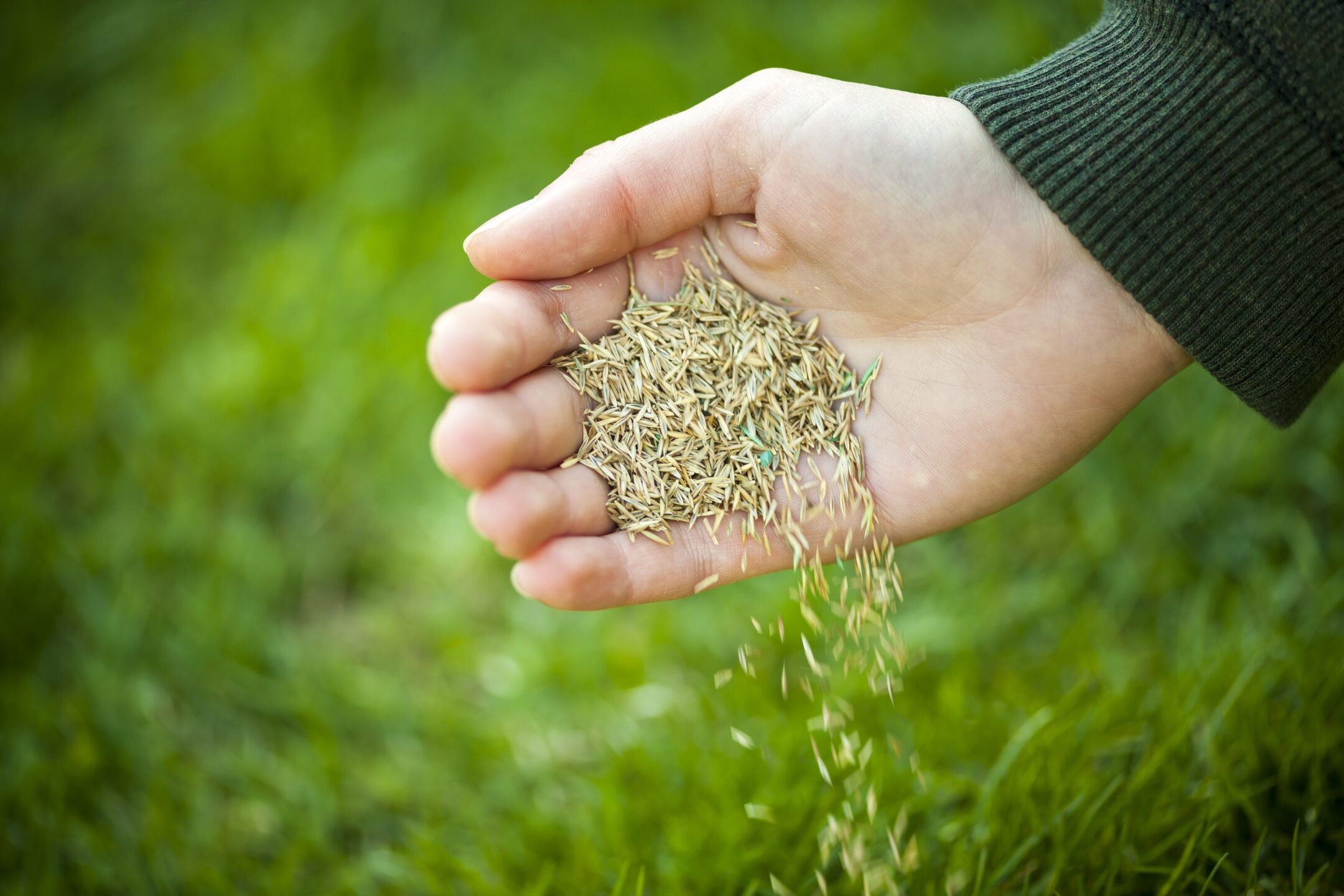
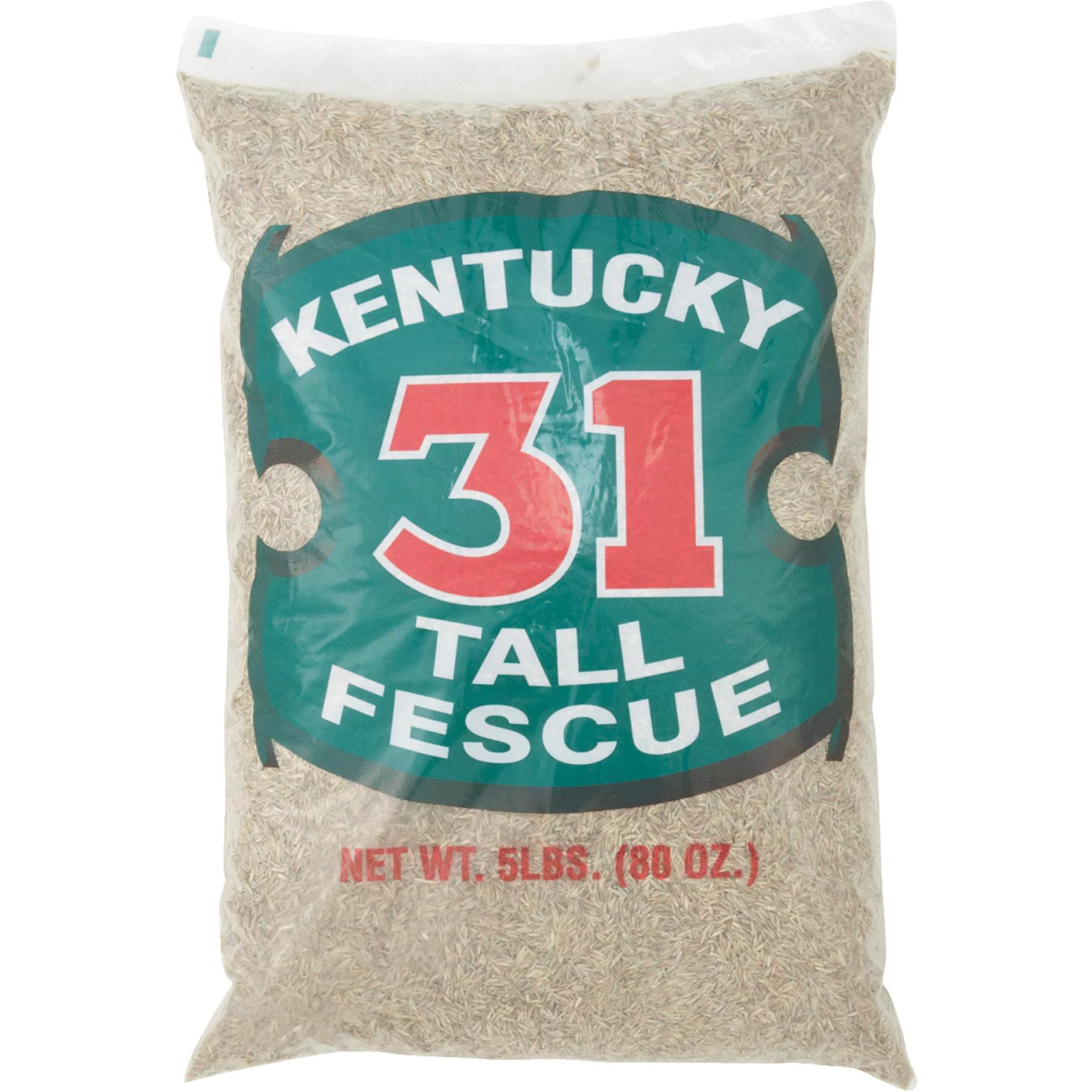
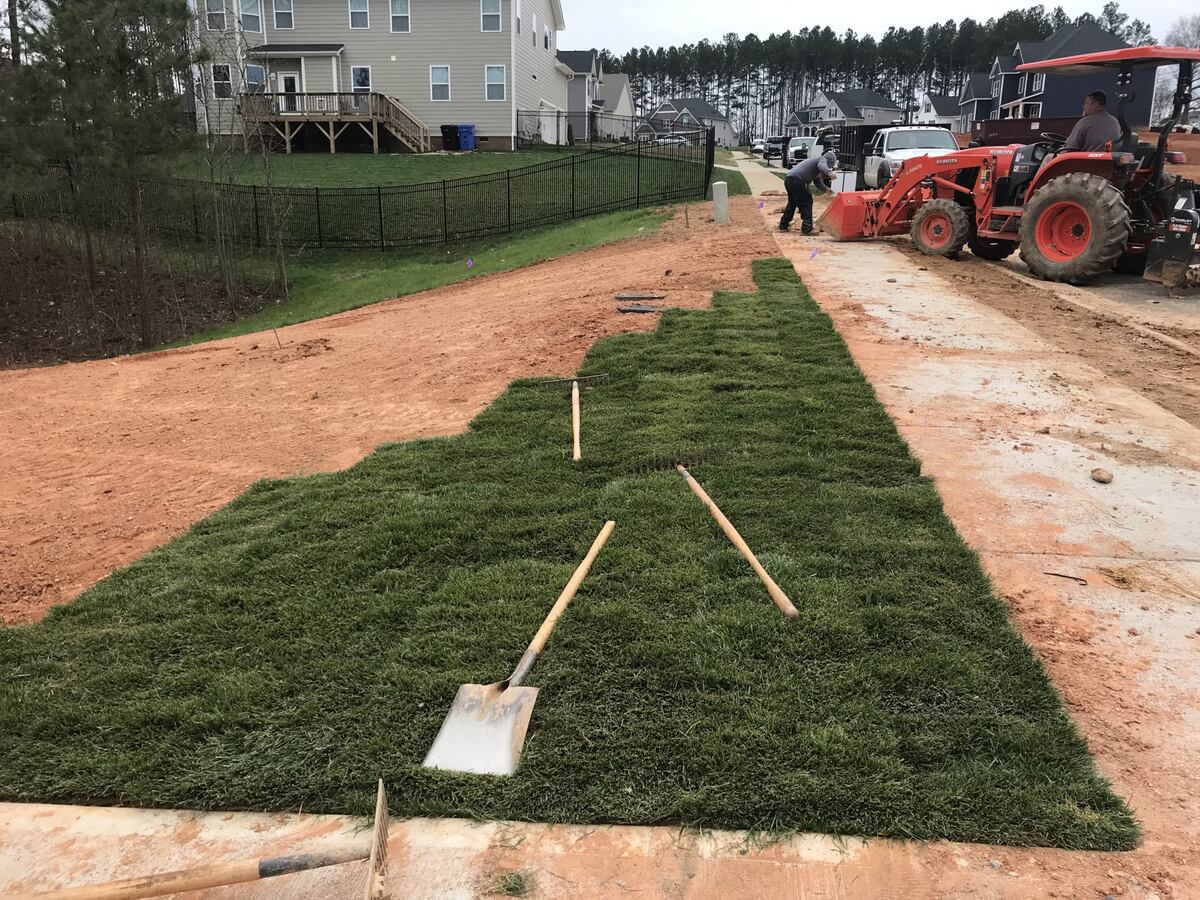










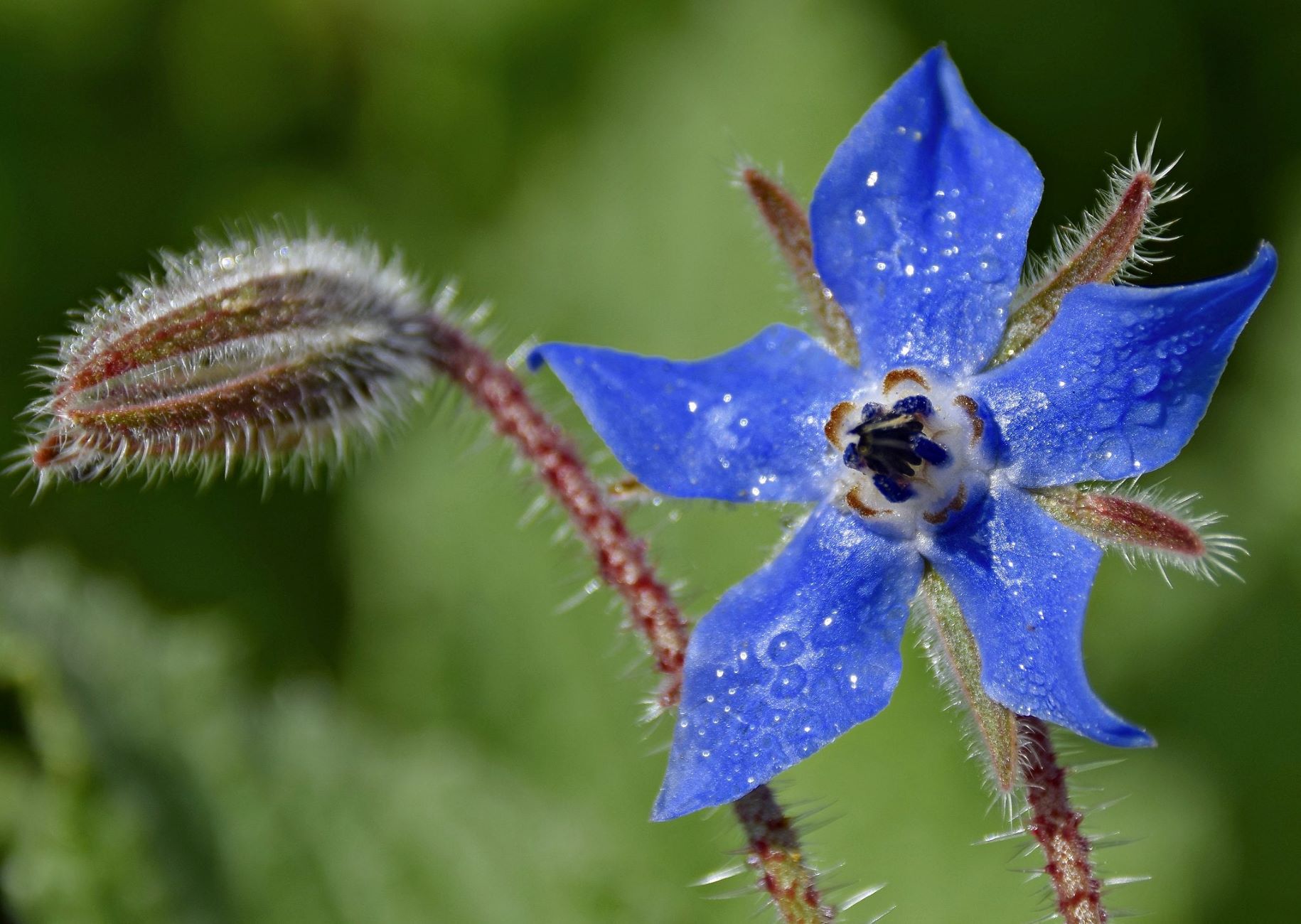

0 thoughts on “When To Plant Fescue Grass Seed”